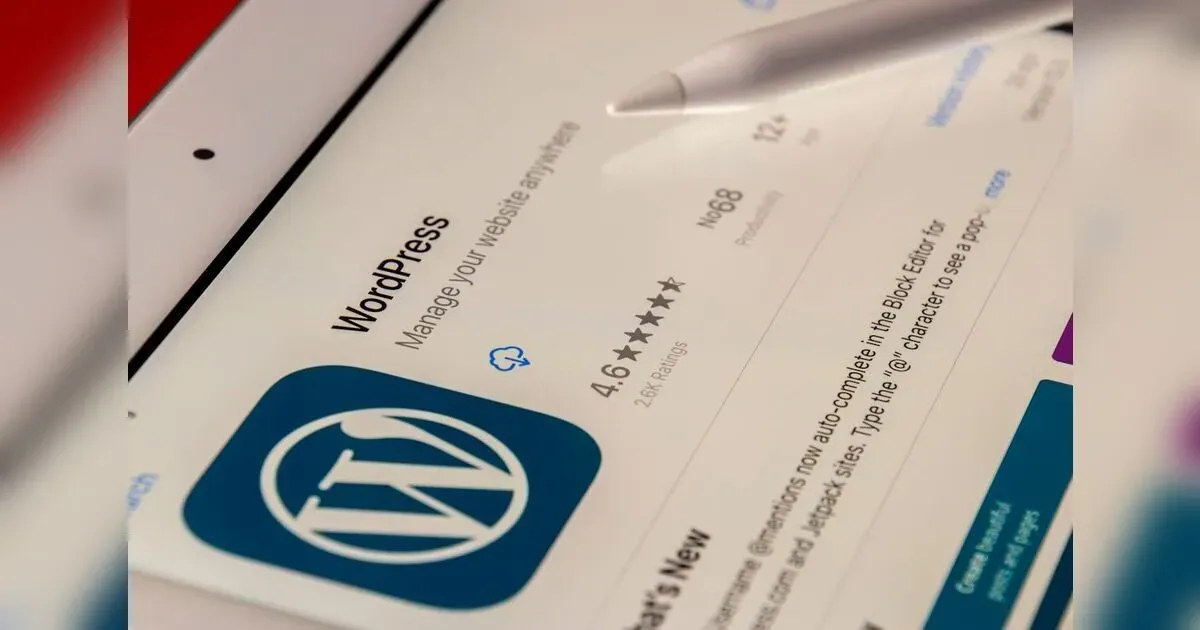In this article, we will dive into the basics of this career, what skills you’ll need, and how to get started.
In today’s fast-paced world, the role of a Personal Shopping Assistant is becoming more popular. People are busy and need help finding the perfect items, whether it’s clothes, gifts, or groceries. If you’re thinking about starting a career as a Personal Shopping Assistant, you’re on the right track. This job can be both exciting and rewarding, and it’s a great way to help people while pursuing your passion for shopping. In this article, we will dive into the basics of this career, what skills you’ll need, and how to get started.
Understanding the Role of a Personal Shopping Assistant
A Personal Shopping Assistant is someone who helps clients with their shopping needs. This role can vary widely depending on what the client wants. Here’s a closer look at what the job involves:
- Client Focus
Your main job is to understand what your clients need and want. This means talking to them about their style, preferences, and any special requirements they have. For example, if a client needs a new outfit for a special occasion, you’ll help them find something that fits their style and the event’s dress code. It’s all about making their shopping experience easy and enjoyable.
- Product Knowledge
To be successful, you need to know a lot about different products and brands. This means staying updated on the latest trends and understanding what makes a product good quality. For example, if a client is looking for a new phone, you should be able to compare features and suggest the best options based on their needs.
- Attention to Detail
Paying attention to details is crucial in this role. This could mean remembering the specific preferences of a client or noticing small issues with a product. For instance, if a client mentions they have a sensitivity to certain fabrics, you need to remember that when selecting clothes for them.
Getting Started: Essential Skills and Qualities
Before you jump into this career, it’s important to build and develop certain skills and qualities. Here’s a more detailed look at what you’ll need.
- Good Communication Skills
Being able to talk to clients clearly and understand their needs is essential. This means listening carefully to what they say and asking questions to clarify their preferences. For instance, if a client is unsure about what type of gift to buy for a friend, you should be able to guide them through the options by asking about the friend’s interests and preferences.
- Organizational Skills
Keeping track of different clients’ preferences, shopping lists, and schedules requires strong organizational skills. You might need to manage multiple tasks at once, like scheduling shopping trips and keeping track of different items for various clients. Using tools like planners or digital apps can help you stay organized and ensure you don’t miss any details.
- Fashion Sense
If you’re focusing on clothing and accessories, having a good sense of fashion is very helpful. This means understanding current trends and knowing what looks good on different body types. For example, if a client is looking for a summer dress, you should be able to recommend styles that suit their body shape and are in line with the latest fashion trends.
- Tech Savvy
Many personal shopping assistants use apps and online tools to make their job easier. Being comfortable with technology can help you find the best deals and keep track of your client’s preferences. For instance, using shopping apps to compare prices or track orders can save you time and help you provide better service to your clients.
Steps to Start Your Career
Starting a career as a Personal Shopping Assistant involves several steps. Here’s a detailed guide to help you get started:
- Research the Field
Begin by learning as much as you can about the role. This includes reading articles, watching videos, and talking to people who are already working in the field. Understanding the day-to-day responsibilities and challenges will give you a clearer picture of what to expect and how to prepare.
- Build Your Skills
Take courses or attend workshops that can help you develop relevant skills. This might include fashion styling, customer service, or time management. Many online platforms offer courses that you can take at your own pace. For example, a course in fashion styling can help you understand how to select the best outfits for different occasions.
- Create a Portfolio
Having a portfolio is a great way to showcase your skills and experience. Include examples of your work, such as outfits you’ve styled or gifts you’ve chosen for clients. A well-organized portfolio can help you attract potential clients or employers and demonstrate your abilities.
- Network
Connect with people in the industry to build your professional network. Join groups or forums related to personal shopping, and attend events where you can meet potential clients or mentors. Networking can provide you with valuable insights and opportunities in the field.
- Start Small
Begin by offering your services to friends and family. This will give you hands-on experience and help you build your confidence. You can use these initial experiences to refine your skills and gather testimonials that can help you attract more clients in the future.
- Market Yourself
Use social media and other online platforms to promote your services. Create a professional website or blog where potential clients can learn more about you and your work. Share your expertise and showcase your portfolio to attract new clients.
- Get Feedback
Ask your clients for feedback on your services. This will help you understand what works well and what areas need improvement. Constructive feedback is valuable for your growth and can help you provide better service to your clients.
Tips for Success
To excel as a Personal Shopping Assistant, consider these additional tips.
- Stay Updated on Trends
Fashion and shopping trends change quickly. Keep yourself informed by following fashion blogs, magazines, and social media influencers. Staying updated will help you provide relevant recommendations to your clients.
- Offer Personal Touches
Adding personal touches, such as remembering your clients’ preferences or surprising them with thoughtful gestures, can make a big difference. For example, sending a personalized thank-you note or offering a discount on their next purchase can enhance their experience.
- Be Professional
Always maintain a professional demeanor in your interactions with clients. This includes being punctual, respectful, and reliable. Professionalism helps build trust and ensures that clients feel valued and respected.
- Manage Your Time Well
Balancing multiple clients and tasks requires good time management. Use tools like calendars and to-do lists to stay organized and ensure that you meet deadlines. Efficient time management helps you provide timely and effective service.
- Learn from Experience
Each client is different, and you’ll gain valuable insights from every experience. Take notes on what works well and what doesn’t, and use this knowledge to improve your services. Continuous learning and adaptation will enhance your skills and client satisfaction.
- Be Adaptable
Sometimes, things don’t go as planned. Being adaptable and finding solutions to unexpected problems will help you maintain a positive experience for your clients. Flexibility is key to managing challenges and ensuring client satisfaction.
Challenges and How to Overcome Them
While this career can be rewarding, it comes with its own set of challenges. Here’s how to handle them.
- Dealing with Difficult Clients
Not all clients will be easy to please. If you encounter a difficult client, stay calm and professional. Try to understand their concerns and find a solution that works for both of you. Effective communication and problem-solving skills are crucial in these situations.
- Staying Motivated
The work can sometimes be repetitive or challenging. Set personal goals and celebrate your achievements to stay motivated. Reflect on your progress and remind yourself of the positive impact you’re making on your clients’ lives.
- Managing Finances
If you’re working independently, managing your finances can be tricky. Keep track of your income and expenses, and consider working with a financial advisor if needed. Proper financial management helps ensure the sustainability and growth of your career.
Tools and Resources That Can Enhance the Roe of a Persona Assistant
Here are some tools and resources that can enhance your role as a Personal Shopping Assistant:
- Fashion Apps
Apps like ShopStyle and Polyvore can help you stay updated on fashion trends and find the best deals. These apps provide access to a wide range of products and styles, making it easier to meet your client’s needs.
- Organizational Tools
Tools like Trello or Asana can help you manage tasks and deadlines. These tools allow you to create lists, set reminders, and track progress, helping you stay organized and efficient.
- Social Media
Platforms like Instagram and Pinterest are great for finding inspiration and connecting with potential clients. Use these platforms to showcase your work, follow trends, and engage with the fashion community.
- Price Comparison Tools
Price comparison tools like Google Shopping and ShopSavvy help you find the best prices. Google Shopping lets you compare prices from different retailers. ShopSavvy lets you scan barcodes to see prices online and in local stores. These tools ensure you get the best value for your clients.
- Organizational Tools
Staying organized is crucial for managing tasks. Trello and Asana can help. Trello lets you create boards and checklists for different clients. Asana helps with task management and deadlines. These tools keep you on top of your responsibilities.
- Communication Platforms
Effective communication is key. Slack and Zoom are great for this. Slack lets you message and share files easily. Zoom is perfect for video calls and virtual shopping consultations. These platforms help you stay connected with clients.
- Budgeting Tools
Budgeting tools like Mint and YNAB help manage shopping budgets. Mint tracks expenses and sets budgets. YNAB helps allocate funds and prioritize spending. These tools ensure you stay within budget while shopping for clients.
- Fashion Magazines and Blogs
Fashion magazines and blogs like Vogue and The Cut offer trend insights. They help you stay updated on current styles and trends. These publications provide valuable advice for making informed recommendations.
- Personal Styling Software
Styling software like ClosetSpace and Stylebook helps manage wardrobes. ClosetSpace allows you to organize clothing and plan outfits. Stylebook offers similar features for outfit planning and wardrobe management. These tools enhance your styling services.
- Customer Relationship Management (CRM) Tools
CRM tools like HubSpot and Zoho CRM help manage client relationships. HubSpot tracks contacts and schedules follow-ups. Zoho CRM offers client tracking and sales automation. These tools keep you organized and ensure personalized service.
Conclusion
Starting a career as a Personal Shopping Assistant is an exciting opportunity to help people with their shopping needs while pursuing your passion. By understanding the role, developing essential skills, and following these tips, you can set yourself up for success. Remember to stay updated on trends, offer personal touches, and maintain professionalism in your interactions. With dedication and the right approach, you can build a rewarding career in this dynamic field.


























